Seed Saving and Teaching Children About Plant Life Cycles
How To Save Seeds and Teach Children About Plant Life Cycles
This past summer was filled with gardening! My twin sister and I grew up gardening every summer. I remember getting up early each week day and riding with my mom and my sister to my grandmother’s house (because she lived in the country and we lived in the city) to work in the garden before it got too hot. My sister and cousin and I were in charge of watering the plants, helping to pick whatever was ready, and other similar jobs. When it got hot in the afternoon, we sat under the shade of an old oak tree and shelled peas and shucked corn while we played word games, told jokes, or sang silly songs.
One of the things I did this summer that we didn’t do when I was growing up was save seeds for planting next summer.
What is seed saving?
Seed saving is just as it sounds – saving seeds from the fruits and vegetables you’ve grown in your garden so you can plant them the next year. It’s actually pretty simple, though there are some guidelines to follow for different varieties of plants. This year the only seeds we saved were from watermelons, squash, and beans. These seeds are all easy to save if you know how to do it.
Why save seeds?
Before we talk about how to save seeds, though, let’s talk for a moment about why you would want to save them. It sounds strange, but this is actually a hot topic right now! If you want to know why or to learn more, I highly recommend watching the documentary Gmo, Omg. Besides the whole issue of genetically modified seeds and foods, though, seed saving is also a great way to teach your children about the life cycles of plants!
We often see seed germination science projects or talk about gardening with our kids, and that’s all terrific! But this project shows them where the seeds come from in the first place. Seed saving will help them see for themselves the entire life cycle!
The information I’m sharing with you today is about how to save been seeds since those were some of the seeds I saved this summer. The bean plants I planted this past summer were from a friend who had saved seeds from her previous summer, so I can’t wait for next summer to plant the ones I saved myself!
I have to stop right here and tell you that the vegetables you grow in your own garden really are better than the ones you buy at the grocery store!! Some grocery stores sell produce from local farmers. If that’s available to you, that’s wonderful! If not, though, and you’ve never tasted real home-grown fruits and veggies, you’ll be completely surprised at how much better they taste! My daughter loves black eyed peas, so I make them pretty often. This summer, I made some that I’d grown in the garden. She didn’t know the ones I’d cooked that day were some of the ones I’d grown, and she asked me why they were so much better than the ones I usually made! The only difference was that I’d grown them myself. And if you’ve ever tried a home-grown tomato as opposed to a store-bought one, you know there’s no comparison there!
How to Save Bean Seeds
Beans are probably the easiest plants to grow and the easiest seeds to save. To begin, you’ll need to plant your seeds (store-bought or from a neighbor) and grow them in your garden. Simple enough, right? As you’re watching your beans grow, pay attention to which vines or bushes (depending on which kind of beans you’re growing) are the strongest and produce the best beans. Once you’ve identified one or two plants that are doing very well, leave them alone! Don’t harvest those beans. You’ll use them for seed saving.
And then you wait. Let those beans you’ve chosen for seed saving dry up on the vine or bush. Or, if you live where it’s hot and humid like I do, you might have to harvest yours a little earlier and let them finish drying indoors in a paper bag. You don’t want them to get moldy on the vine if it’s too rainy or humid outside.
Once your bean pods are dry, crack them open and save the seeds! Make sure to keep them sorted if you’re saving different varieties. After you’re certain that they’re completely dried out, you can save them in paper envelopes or even small plastic bags. Be sure to label them with the variety of seed and the date you harvested them. Then keep them in a cool dry place until you’re ready to plant them. (I keep mine in the deep freezer.) Easy peasy!
Kids can definitely get involved with this. They love it! It’s great for fine motor skills, and it really brings the plant life cycle full circle for them. From planting the seed, growing the beans, eating the beans, and saving some seeds to plant again, they’ll see the whole cycle and have a real-life appreciation for how it all works!
A Note About Hybrids
There are a few guidelines to keep in mind when saving seeds. They mainly involve hybrids. If you plant a hybrid seed, it likely won’t breed true – meaning that the seeds you save from those plants probably won’t produce the same exact variety of plant. In fact, they may not even produce something you would want to eat. For that reason, I don’t recommend saving hybrid seeds at all. Instead, you should save and plant heirloom varieties since that’s not a concern with them.
Also, when you’re planting your seeds, try to keep two similar varieties far apart from each other to avoid cross pollination. This will result in seeds that may produce a hybrid plant. To find out more about this, read this article from Modern Farmer.
Life Cycle Unit Studies
We have some life cycle unit studies you may want to try if you have elementary-age children in your home! You may want to use these as a jumping-off point to get started learning about plant life cycles and to promote interest in seed saving.
More Information
If you’d like to learn more about seed saving, make it a project you do with your children (especially if you have older children). You can start by checking out Seed Saving for Beginners on the Hobby Farms site. You might also want to take a look at Seed Saving for Beginners on the Southern Exposure Seed Exchange site or on the Three Acre Farm site. The books and resources here (for both young children through teens and adults) will help you get started!
More Seed Saving Resources:
From Seed to Plant by Gail Gibbons is great for K-3.
The Tiny Seed by Eric Carle is wonderful for even your youngest gardeners!
The Complete Guide to Saving Seeds
Whether you start saving seeds just for fun, to see plant life cycles in action, as a way of growing your own food in an economical way, or whatever other reasons you have, we hope this information is helpful to you! Do you have tips or ideas for seed saving that you’d like to share? Please leave a comment!



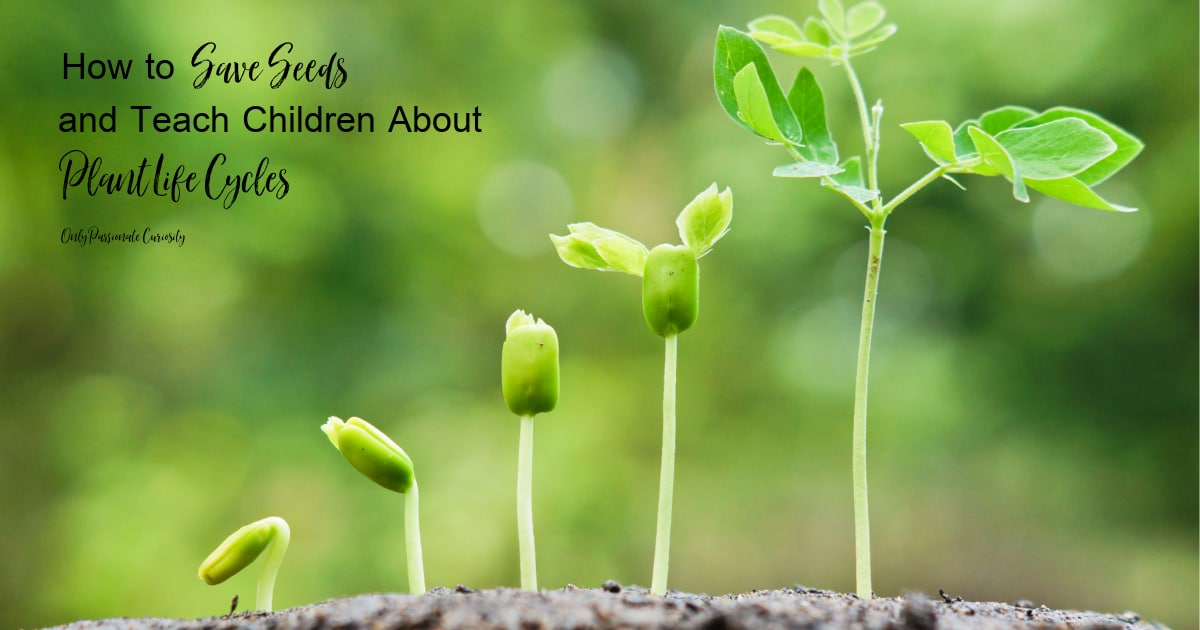
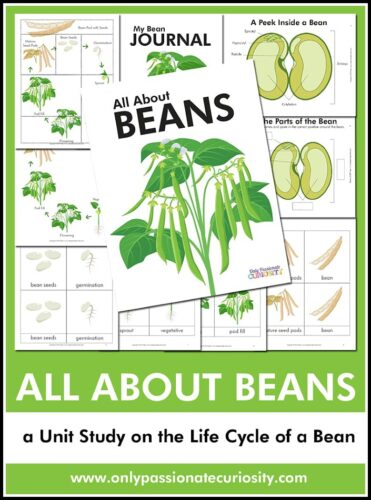
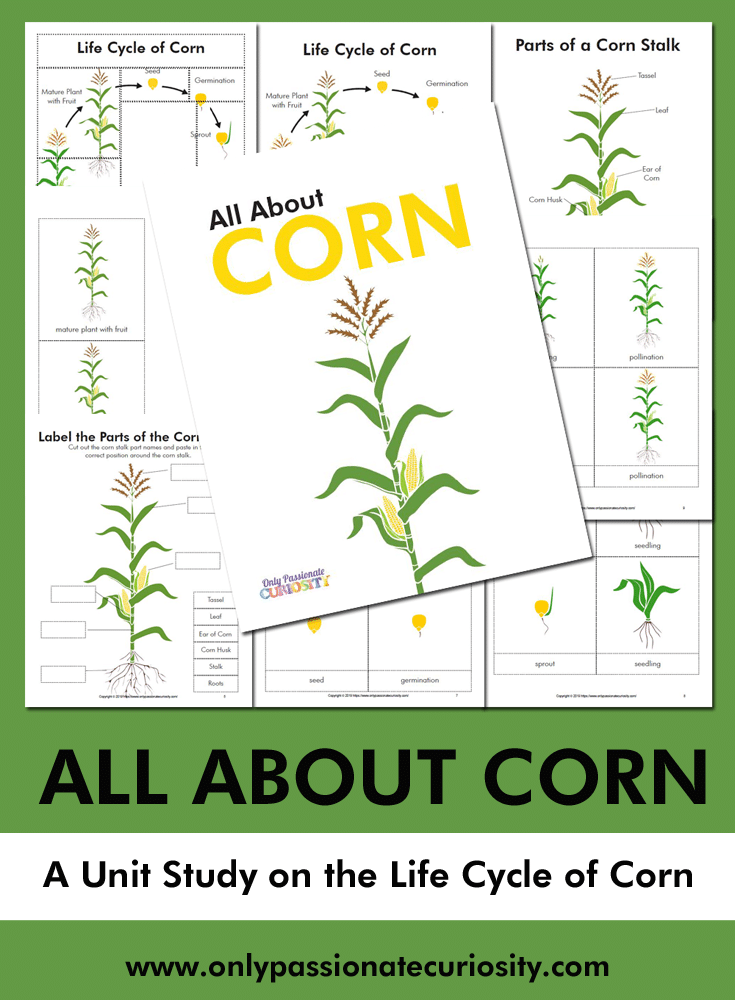
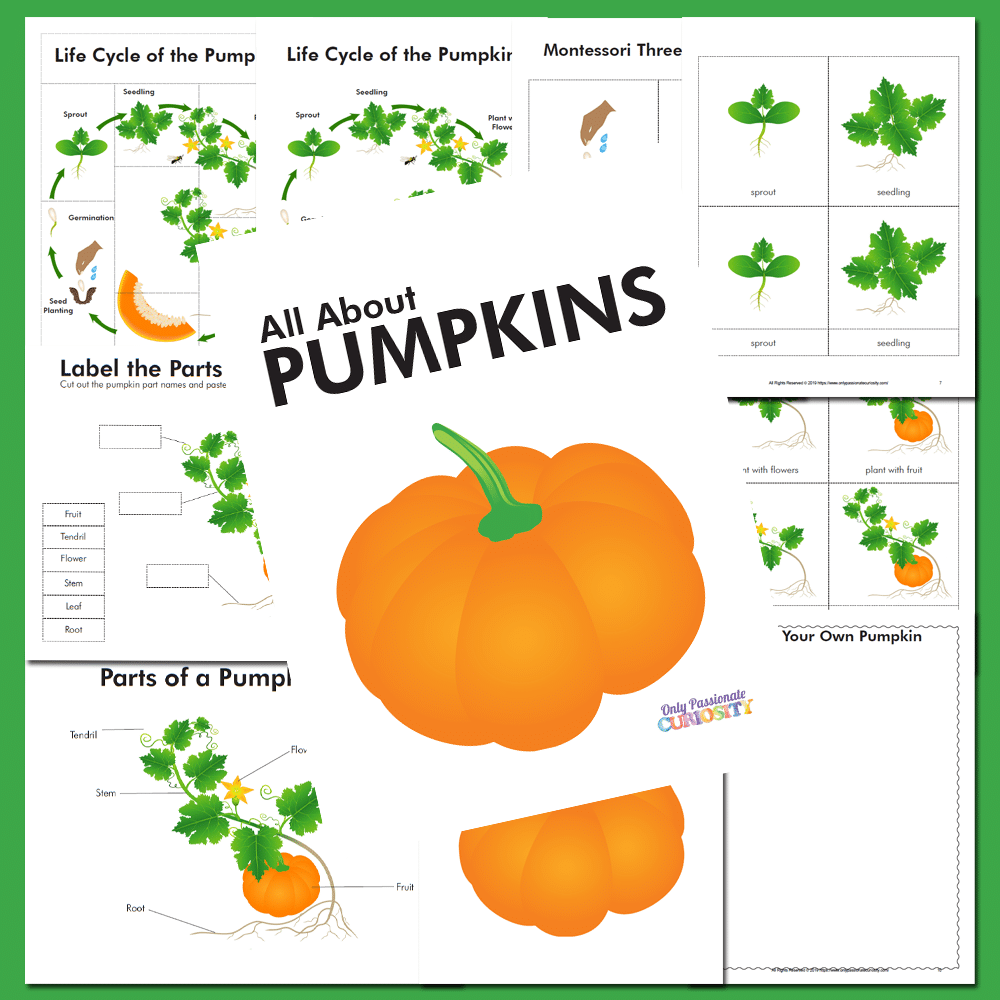



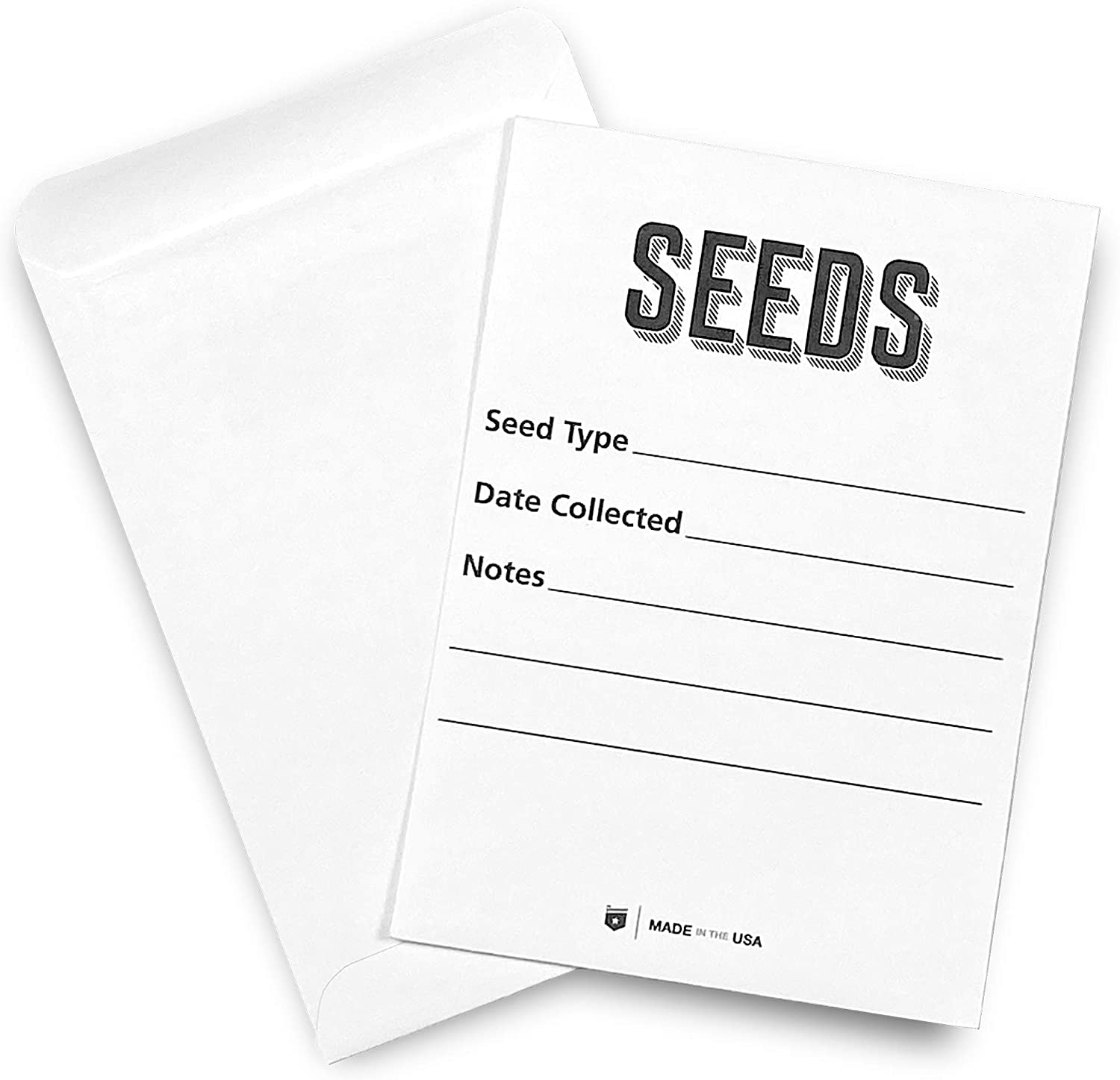
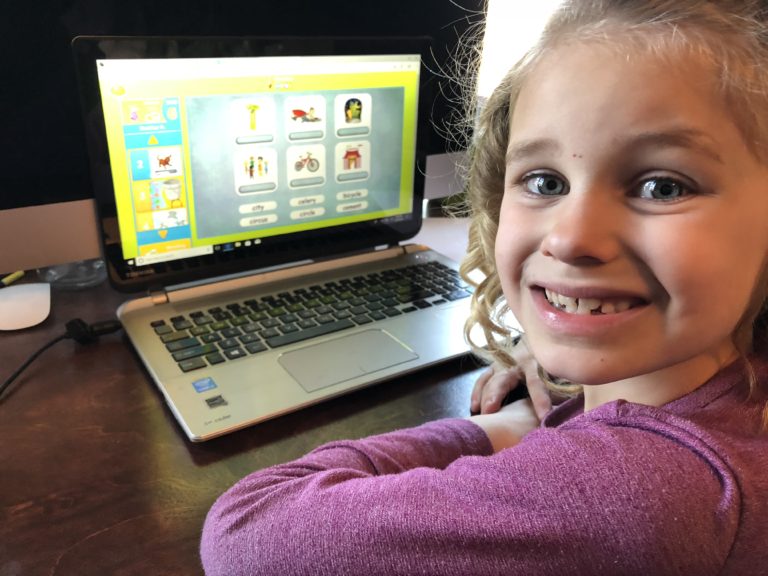
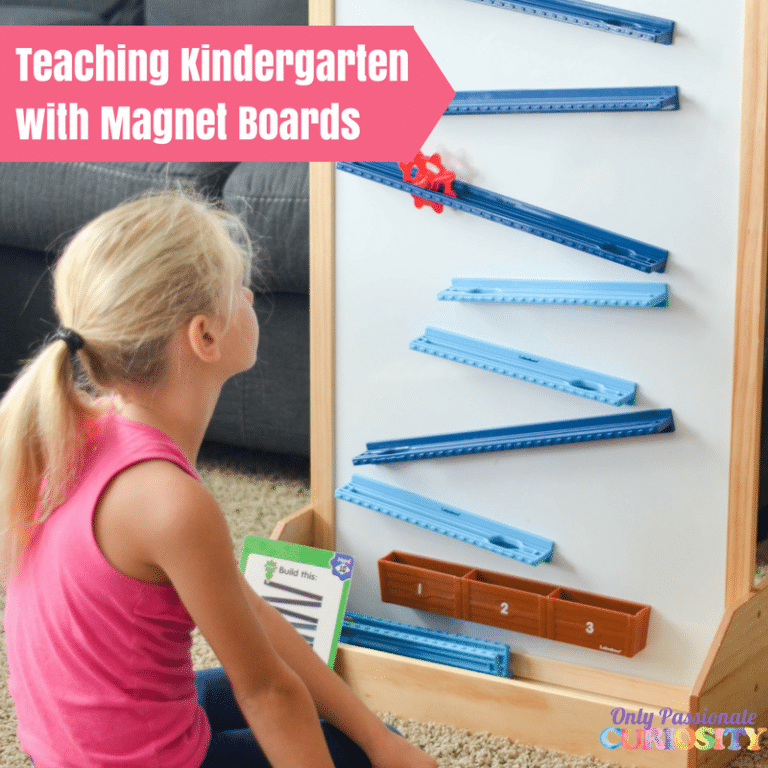
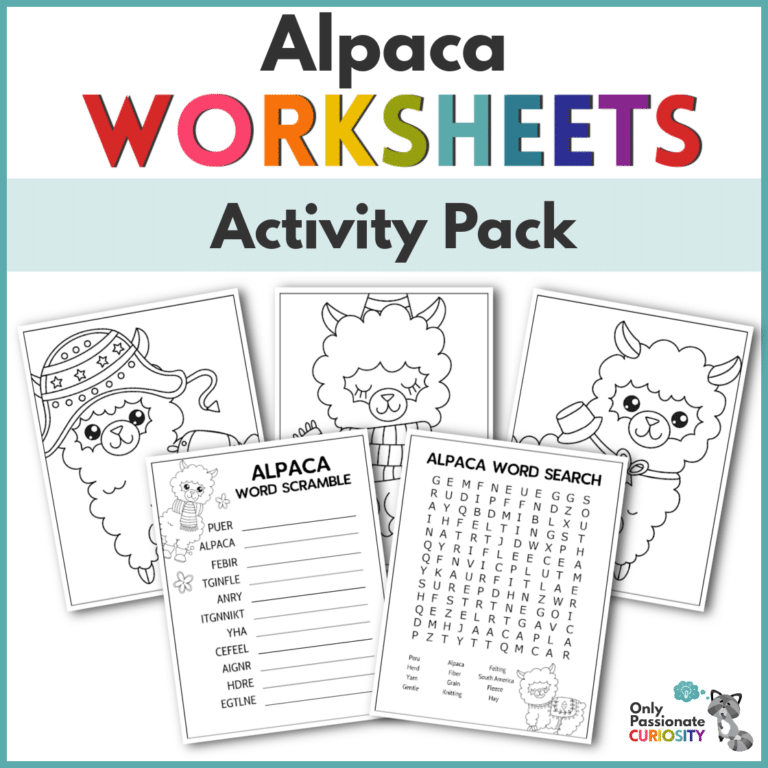



0 Comments